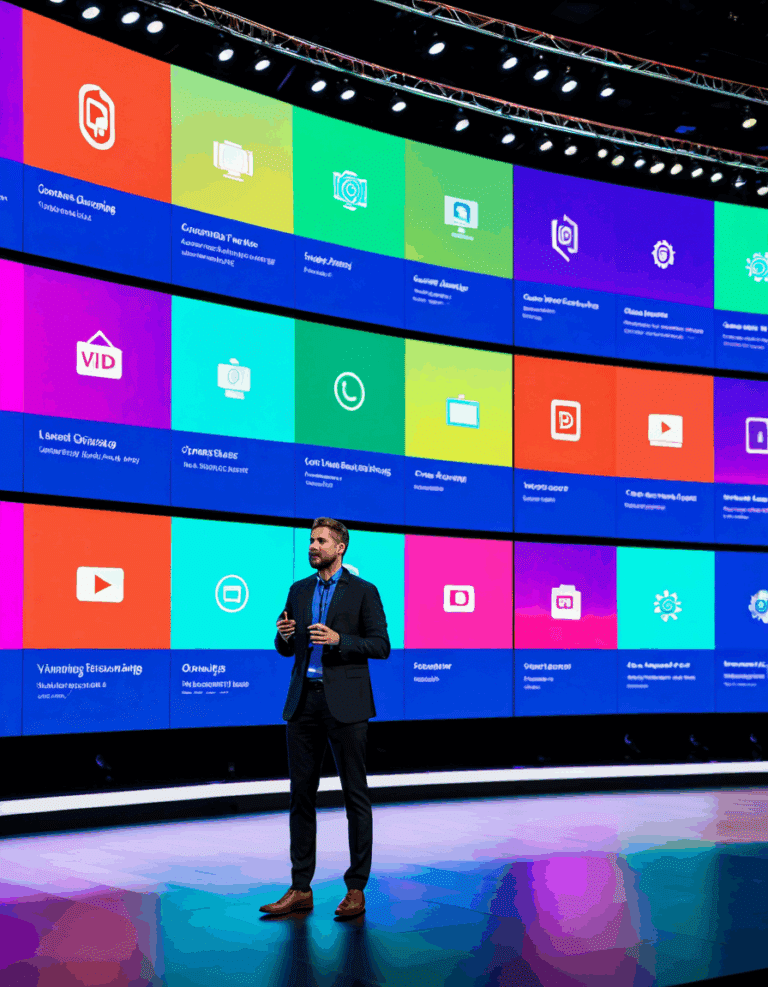As technology continues to evolve, one of the most fascinating developments has emerged within the sphere of optical devices — robotic lenses. These extraordinary innovations are changing how we interact with visual media, and the term “eye zoom in” aptly captures their capability to magnify our view and enhance communication. If you’re an aspiring speaker or entrepreneur, understanding the dynamics of these lenses can significantly impact how you present yourself and connect with your audience. Let’s dive into the outstanding world of eye zoom in technology and see how it can elevate your speaking engagements and professional interactions.

Top 5 Robotic Lens Innovations You Need to Know About
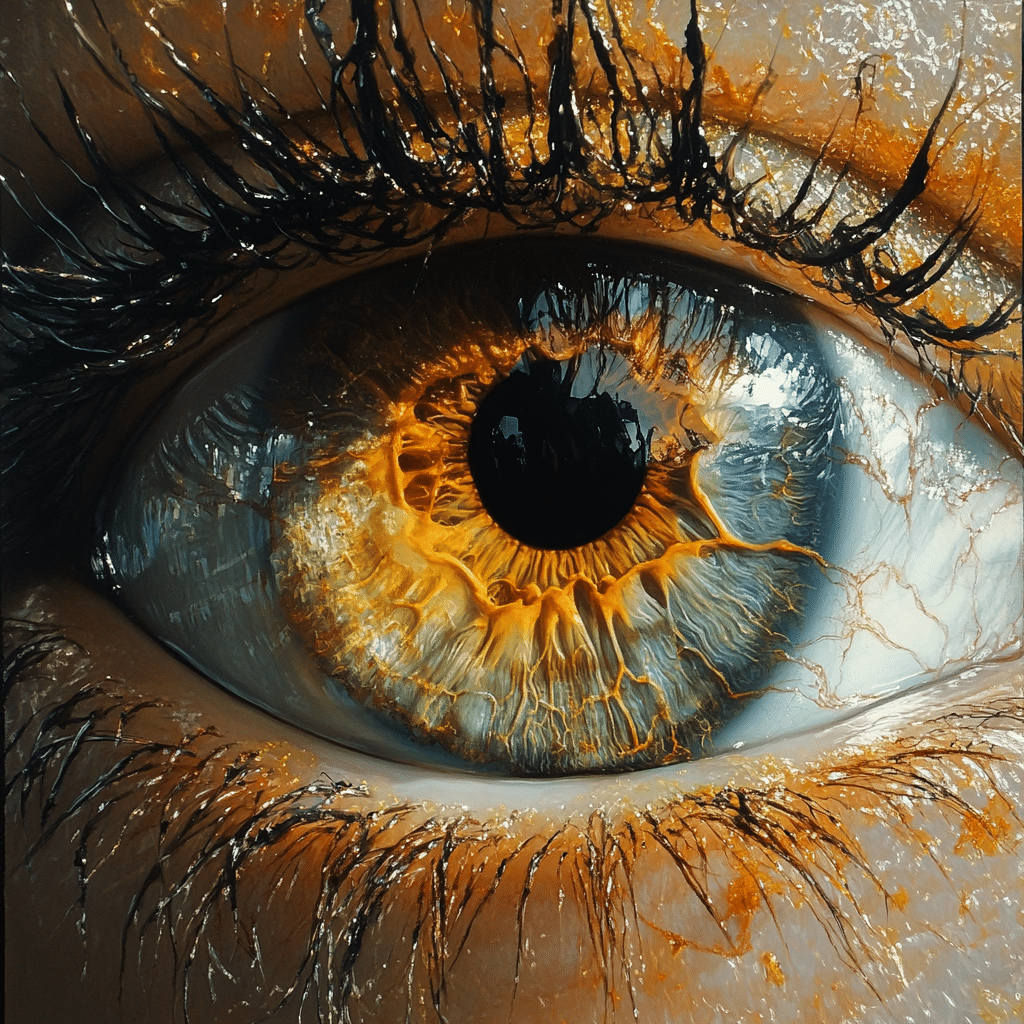
1. Sony’s AI-Powered Zoom Lens System
Sony is at the forefront of integrating artificial intelligence into zoom technology. Their latest lens system adjusts focus automatically, providing a clearer picture that is intelligent enough to adapt to the subject’s movement. This AI-powered lens significantly enhances zoom communication, making video calls more engaging and immersive, as the focus shifts dynamically with the conversation. By employing such technology, speakers can capture their audience’s focus more effectively, making every presentation feel personal.
2. Google’s Zoom Eye Technology
Google has climbed the ladder of innovation with its unique lens known as “Zoom Eye.” This powerful lens utilizes machine learning to enhance its zoom capabilities drastically. Not only does it allow users to digitally zoom in on subjects from great distances, but it also offers real-time enhancements that brighten and clarify images—making it perfect for telecommuting, especially when every visual detail matters. For aspiring speakers, using tools like this during virtual presentations can mean the difference between simply talking and truly connecting.
3. Canon’s Varied Focal Length Robotic Lenses
Canon is making waves in the robotic lens sector with its latest model offering multifaceted zoom capabilities with variable focal lengths. This innovation allows for seamless transitions between close-up views and broader perspectives, making it useful during Zoom presentations and meetings. By incorporating features that minimize the need to adjust the zoom manually, Canon sets a new standard for effective zoom communication tools. This means less distraction and more connection—ideal for when you want your audience to feel involved in your presentation.
4. DJI Pocket 2: Compact With Powerful Zoom Capabilities
The DJI Pocket 2 camera takes portability to another level with its integrated zoom lens perfect for vlogging or video calls. This compact device harnesses advanced stabilizing technology alongside a remarkable zoom range. Even the most casual users can leverage professional-quality video, ensuring that the dreaded “zoom camera off” moments don’t cloud your message. It equips you to create a captivating narrative, keeping your audience glued to the screen.
5. Apple’s ProRAW for Zoom Eye Enhancements
Apple has made another leap forward in mobile photography by introducing ProRAW technology into its iPhone lineup. This feature gives photographers incredible control over image quality, particularly when utilizing zoom lenses. It’s revolutionary for professionals using their devices for remote work, including during Zoom meetings. With ProRAW, users can adjust depth and detail in real-time, ensuring that nothing gets lost in translation during your presentations or discussions.
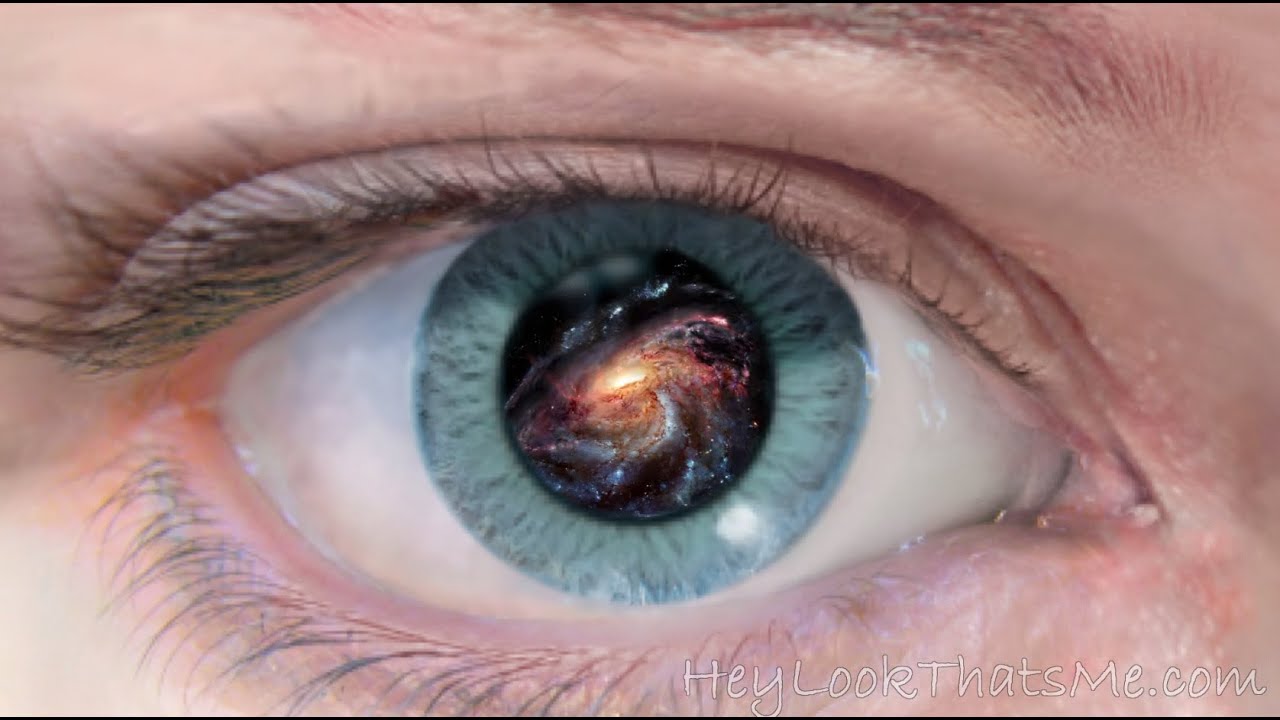
The Importance of Zoom Eyes in Professional Settings
In professional settings, the quality of a zoom lens directly influences the effectiveness of communication. Whether it’s during a virtual conference or a live presentation, having eye zoom in technologies can make or break engagement. Despite the wide array of platforms like Zoom and Microsoft Teams at our disposal, integrating high-quality lenses significantly enhances our interactions.
For instance, speakers who utilize advanced zoom cameras notice their audience’s engagement levels spike during pivotal moments of their presentations. The zoom eyes help capture detailed facial expressions, fostering a deeper connection that static images often fail to portray. This nuance becomes crucial when delivering key points or attempting stunts during Zoom meetings—keeping your audience’s interest and effectiveness at peak levels.
Innovative Applications Beyond Traditional Settings
The flexibility of robotic lenses extends to numerous innovative applications. They are increasingly utilized not just in professional video conferencing but also in education and remote healthcare. For educational institutions, these technologies provide immersive learning experiences that feel more personal, setting the stage for enlightening interactions. Healthcare professionals, on the other hand, leverage these lenses for virtual examinations, ensuring clarity that standard video calls cannot provide.
Artists and content creators also harness the power of robotic lenses in live-streamed performances. These lenses allow for visual dynamism never seen before, enhancing the impact of remote attendance. As we witness these innovations, it’s clear that the landscape of communication is evolving towards a reality where visual detail carries serious weight, proving that zoom communication encompasses far more than mere screen presence.
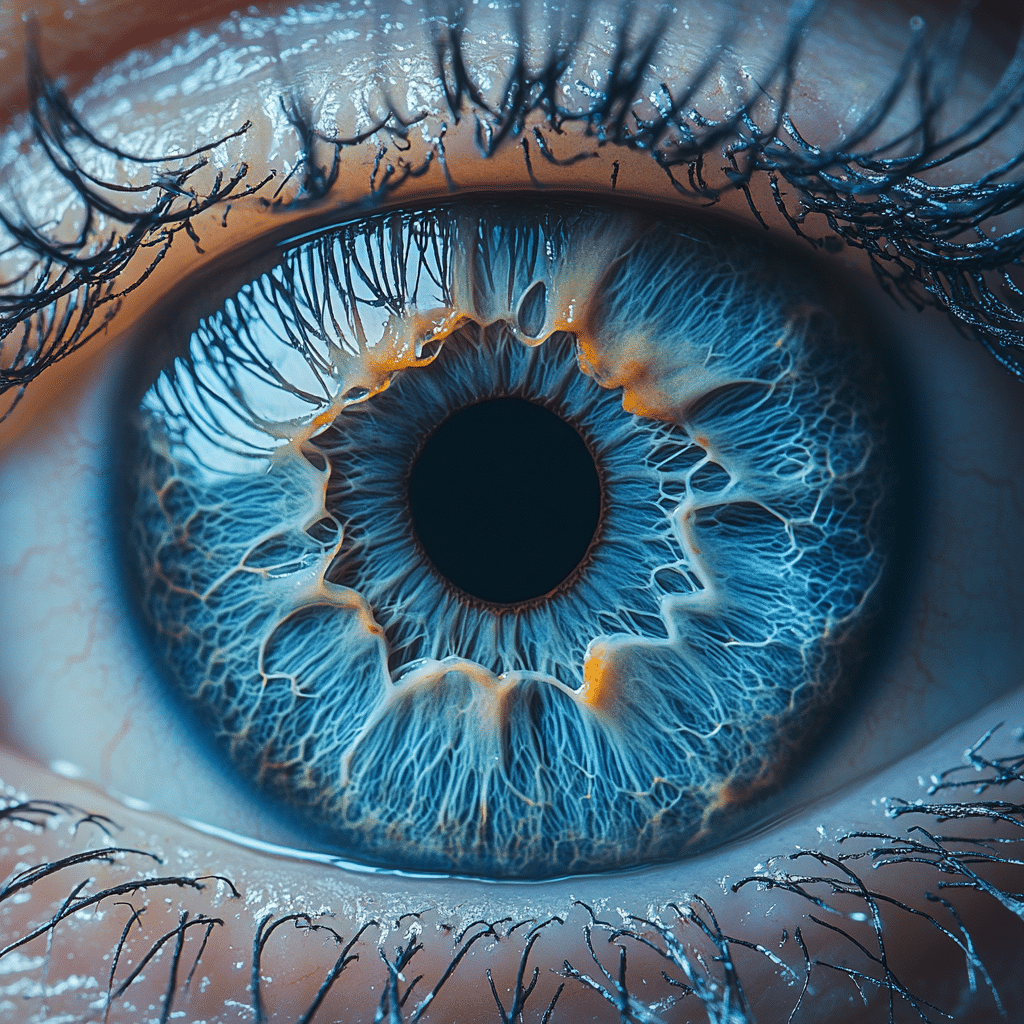
Reimagining the Future of Visual Communication
As we step into 2024, the implications of eye zoom in extend far beyond simply enlarging an image. The combination of artificial intelligence, innovative software, and robotic lenses paints a promising picture for the future of communication. Embracing these technologies can pave the way for enhanced interactions, clarity, and deeper engagement across personal, professional, and creative arenas.
The transformative power of these lenses underscores the importance of being seen and hearing in our digital interactions. Indeed, the future is bright, and for those equipped with advanced zoom eye technology, opportunities for creativity, connection, and communication are nothing short of extraordinary. As we continue traversing this landscape, staying ahead with innovative solutions will not just help us keep up but empower us to excel in the dynamic scene of visual communication.
Now, whether you’re diving into the thrilling world of public speaking or enhancing your business relationships, understanding and integrating visual technologies like robotic lenses can empower you to communicate better. Don’t just adapt to the future; seize it! For deeper insights and actionable advice on sharpening your speaking skills and embarking on your journey towards greatness, check out the rich resources available at Connie Pheiff ‘s website. Here you’ll find tips on mastering the art of public speaking and strategies to elevate your personal brand, ensuring you stand out in any situation.

Eye Zoom In: Discovering the World Beyond Our Vision
The Magic of Eye Zoom In Technology
Ever wondered how some gadgets seem to see the world up close? Enter the eye zoom in technology! This innovation captures extreme detail in everyday life. Just like how Khloe Kapri dazzles her fans through creative visuals, eye zoom in offers a peek into fascinating details that often go unnoticed. From tiny insects to intricate patterns in nature, it opens up a completely new perspective. Imagine standing in front of an art piece and seeing the artist’s brush strokes in high definition, which makes viewing art a unique experience.
Eye Zoom In: A Window to Clarity
But wait, the excitement doesn’t stop there! Eye zoom in also plays a key role in education. Take the Miss Circle Fundamental Paper Education for instance. By providing students with detailed visuals, learning becomes interactive and eye-catching, literally! This tech helps clarify complex concepts, making it easier for students to grind through information. Speaking of clarity, did you know that using visuals can help make persuasive Presentations , much like a well-crafted persuasive TED talk? When speakers incorporate vivid imagery, they hook the audience and keep them engaged.
Staying Connected with Eye Zoom In
Lastly, this nifty tech doesn’t only apply to education and art. It’s also a game-changer in home and finance sectors. For those exploring interest rates on home loans, eye zoom in tools can provide detailed insights, helping potential buyers make informed decisions. It’s a reminder that just like we follow the best TV shows of 2024 to stay in the loop, understanding the ins-and-outs of financial commitments will keep us savvy. So, equip yourself with the right tools to see beyond the surface, embracing a wide lens on life!
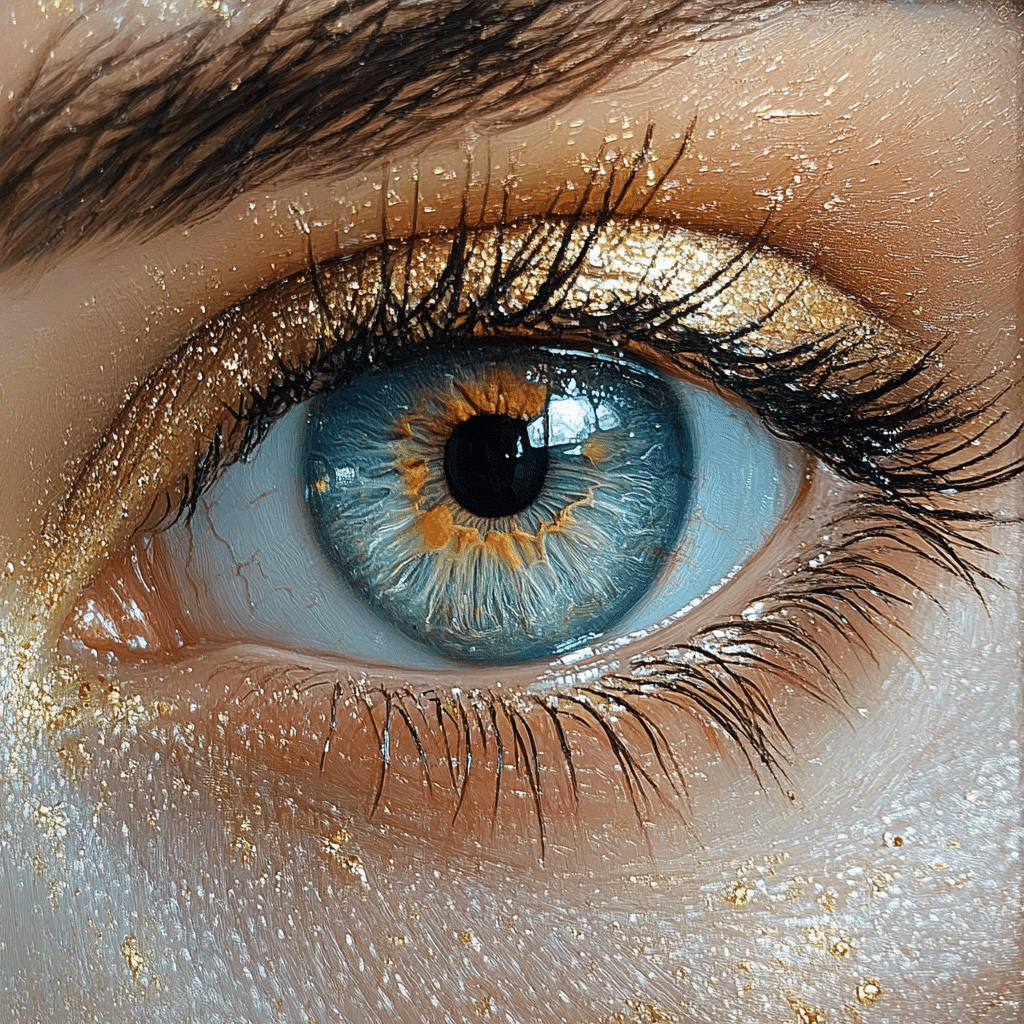
What does it mean when your eyes zoom in?
When your eyes zoom in, it usually means your eyes are adjusting their focus on something closer, allowing you to see it more clearly. This happens automatically when you shift your gaze from distant objects to near ones.
Is there an eye lens that zooms in?
Yes, there are robotics contact lenses developed by researchers which can zoom in and out when you blink, mimicking the function of muscles around the eye. These innovative lenses are being explored for their potential uses in vision correction.
What is the human eye optical zoom?
The human eye doesn’t really have a zoom feature like a camera lens. We generally see objects in a fixed focal range, and our eyes adjust focus rather than zoom in and out.
What resolution do our eyes see in?
Our eyes can be compared to a screen that’s about 576 megapixels to see an image clearly across our full field of view. This gives you an idea of the detail our vision can resolve.
Why is one of my eyes struggling to focus?
If one of your eyes struggles to focus, it could be due to several factors, like astigmatism, presbyopia, or even an eye misalignment. It’s worth consulting a professional if this keeps happening.
Is palinopsia normal?
Palinopsia isn’t considered normal; it’s a visual disturbance where you see afterimages or trails of objects that have moved. If you’re experiencing this, a check-up might be necessary.
What is the zooming lens effect?
The zooming lens effect refers to the sensation of magnifying an image, like zooming in on a camera. This can happen with certain vision conditions or technologies, making distant objects appear closer.
Are there glasses that zoom in?
Yes, there are special glasses designed to provide a zoom effect, but they typically use magnifying lenses to enhance what you see, rather than true zooming like a camera.
What is lens zoom in?
Lens zoom in generally refers to the capability of a camera lens to change its focal length and bring objects closer or further away, but our natural eyes don’t have this feature.
Why can’t human eyes zoom?
Human eyes aren’t designed to zoom like a camera, so they can only focus on objects at varying distances without the variable range zoom that cameras offer.
What is optical zoom in?
Optical zoom is a term used mainly in photography; it describes the capability of a camera lens to bring subjects closer without losing resolution. Human eyes, however, focus using different mechanisms that don’t involve zooming.
Can human eye magnify an image?
The human eye can’t magnify an image like a microscope, but it can perceive details based on distance and lighting. It helps us interpret what we see, but not in a magnifying sense.
What f stop is the human eye?
There isn’t a specific f-stop for the human eye, but it can be compared to a camera lens opening that changes based on lighting, usually comparing to f/8 in bright light.
Which animal has the highest eye megapixel?
The animal with the highest eye megapixel count is often believed to be the mantis shrimp, which has some incredibly complex eyes that can detect a wide array of wavelengths and details in its environment.
Can a human eye see 8K?
A human eye can see 8K resolution in a theoretical sense, but practical viewing is more about context and distance. Our ability to notice every detail depends on how far away the screen is.
What causes the vision to be magnified?
Magnification in vision can happen due to various eye conditions or due to specialized equipment that changes the way we perceive objects, helping us see them in finer detail.
What are the symptoms of zoom vision?
Symptoms of zoom vision include feeling as though your vision is changing rapidly between different focal points or that images seem to enlarge or shrink suddenly.
What is it called when your eyes don’t focus together?
When your eyes don’t focus together, it’s known as strabismus, or, more commonly, wandering eye. This can happen for various reasons, and a visit to an eye care professional can help.
Why does my vision feel like it’s lagging?
If your vision feels like it’s lagging, it could be due to strain, fatigue, or an underlying condition. It’s best to get it checked if it happens frequently or impacts your daily life.








